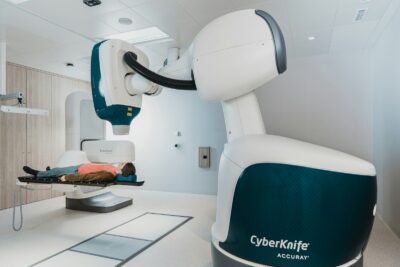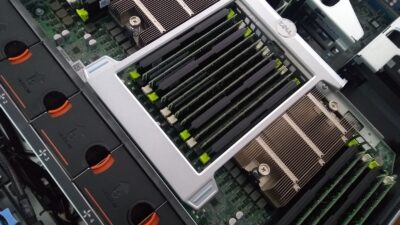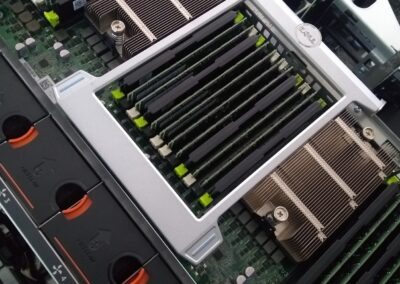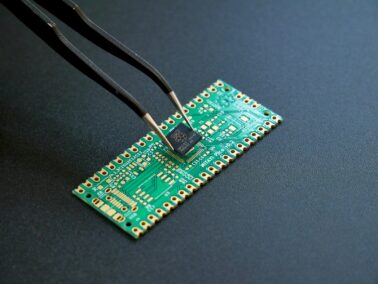Transforming Textiles with Nanotechnology
Innovative Advances in Fabric Technology
The integration of nanotechnology in textiles is transforming the fabric industry, creating innovative solutions such as odor-resistant fabrics. This cutting-edge technology is particularly relevant in regions like Saudi Arabia and the UAE, where high temperatures and active lifestyles drive the demand for more effective and long-lasting fabrics. By embedding nanoparticles into textile fibers, manufacturers can produce materials that not only resist odors but also offer enhanced durability, comfort, and functionality.
Nanoparticles such as silver and titanium dioxide are commonly used in textiles to combat odor-causing bacteria. These nanoparticles possess antimicrobial properties that inhibit the growth of bacteria, fungi, and other microorganisms that cause unpleasant smells. The result is clothing and textiles that remain fresh and hygienic for longer periods, even in hot and humid conditions prevalent in Riyadh and Dubai. This advancement in fabric technology is a boon for both consumers and businesses, offering practical solutions for everyday wear and specialized applications.
Moreover, the use of nanotechnology in textiles extends beyond odor resistance. Nanoparticles can also enhance the mechanical properties of fabrics, making them stronger, more flexible, and more resistant to wear and tear. This is particularly advantageous for industries that require high-performance materials, such as sportswear, military uniforms, and medical textiles. By leveraging nanotechnology, textile manufacturers can meet the growing demands for advanced fabric solutions, driving innovation and competitiveness in the market.
Business Opportunities in the Textile Industry
The adoption of nanotechnology in textiles opens up significant business opportunities for companies in Saudi Arabia, the UAE, and beyond. As consumer awareness and demand for advanced textile solutions increase, businesses can capitalize on this trend by investing in nanotechnology research and development. This not only positions them as leaders in the market but also enables them to offer differentiated products that cater to specific customer needs, such as odor-resistant fabrics for athletes and healthcare professionals.
For entrepreneurs and mid-level managers, understanding the potential of nanotechnology in textiles is crucial for making informed business decisions. By staying abreast of the latest developments and trends, they can identify new markets and applications for nanotechnology-enhanced fabrics. This proactive approach can lead to the creation of innovative products and services, fostering business growth and success in a competitive landscape. Additionally, collaboration with research institutions and technology partners can accelerate the development and commercialization of new textile solutions.
In regions like Riyadh and Dubai, where the textile industry is a key economic driver, the integration of nanotechnology can enhance the sector’s global competitiveness. By producing high-quality, innovative fabrics, businesses can attract international customers and partners, expanding their market reach and increasing revenue streams. Furthermore, the adoption of sustainable practices, such as using eco-friendly nanoparticles and production methods, can enhance brand reputation and appeal to environmentally conscious consumers, creating a positive impact on both the business and the environment.
Effective Change Management and Leadership
Implementing nanotechnology in textiles requires effective change management and strong leadership. Business executives and managers play a crucial role in driving innovation and fostering a culture of continuous improvement. By promoting a clear vision and strategy for the adoption of nanotechnology, leaders can inspire their teams and stakeholders to embrace new technologies and processes. This includes providing the necessary training and resources to ensure a smooth transition and successful implementation.
Executive coaching services can be instrumental in guiding leaders through this change, offering personalized support and expertise to navigate the complexities of technological innovation. By enhancing leadership and management skills, executive coaching helps leaders communicate the benefits of nanotechnology effectively, addressing any resistance and fostering a positive attitude towards change. This is particularly important in dynamic markets like Saudi Arabia and the UAE, where businesses must continuously adapt to stay competitive.
Effective communication is also essential for successful change management. Leaders must articulate the value proposition of nanotechnology in textiles clearly and persuasively, highlighting its benefits for both the business and its customers. This involves engaging with employees, customers, and other stakeholders through various channels, including meetings, presentations, and digital platforms. By fostering open and transparent communication, leaders can build trust and support for the adoption of nanotechnology, ensuring its successful integration into the business operations.
Additional Perspectives
Looking ahead, the integration of artificial intelligence (AI) and data analytics with nanotechnology in textiles could unlock new possibilities for personalized and smart fabrics. By analyzing consumer preferences and usage patterns, businesses can develop tailored textile solutions that offer enhanced functionality and user experience. This convergence of technologies also enables predictive maintenance and quality control, ensuring that fabrics maintain their performance and integrity over time.
Furthermore, the application of blockchain technology in the textile supply chain can enhance transparency and traceability, ensuring that nanotechnology-enhanced fabrics meet the highest standards of quality and sustainability. By providing verifiable information about the origin, composition, and production processes of textiles, blockchain can build consumer trust and confidence in nanotechnology products. This holistic approach to innovation and sustainability positions businesses for long-term success in the evolving textile industry.
Conclusion: The Future of Textiles
In conclusion, the use of nanotechnology in textiles is revolutionizing the fabric industry, creating odor-resistant fabrics and other advanced solutions that meet the evolving needs of consumers and businesses. For regions like Saudi Arabia and the UAE, where high-performance textiles are in demand, the adoption of nanotechnology offers significant benefits, from enhanced durability and comfort to improved hygiene and sustainability. By embracing this technology, businesses can drive innovation, competitiveness, and growth in the global textile market.
As the textile industry continues to evolve, the potential for nanotechnology to create even more advanced and multifunctional fabrics is immense. Research and development in this field are ongoing, with promising developments that could further enhance the properties and applications of textiles. Businesses that invest in nanotechnology today are well-positioned to lead the industry tomorrow, capitalizing on new opportunities and setting new standards for fabric performance and sustainability.
#NanotechnologyInTextiles #OdorResistantFabrics #SaudiArabia #UAE #Riyadh #Dubai #ChangeManagement #ExecutiveCoaching #EffectiveCommunication #BusinessSuccess #ManagementConsulting #ArtificialIntelligence #Blockchain #Metaverse #GenerativeAI #LeadershipSkills #ProjectManagement























